Acourtia thurberi, Thurber's Desertpeony
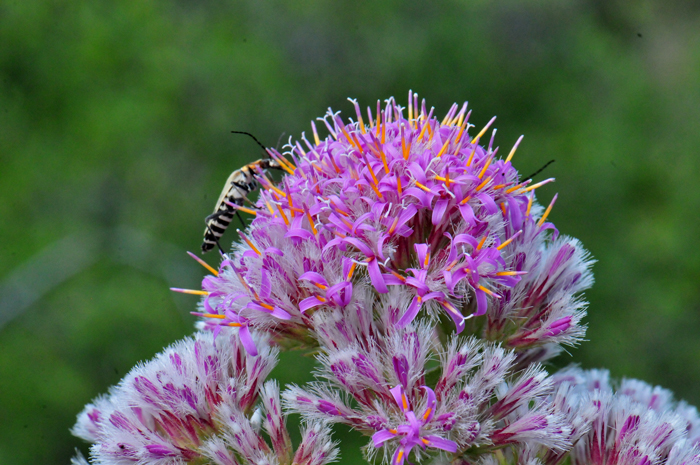
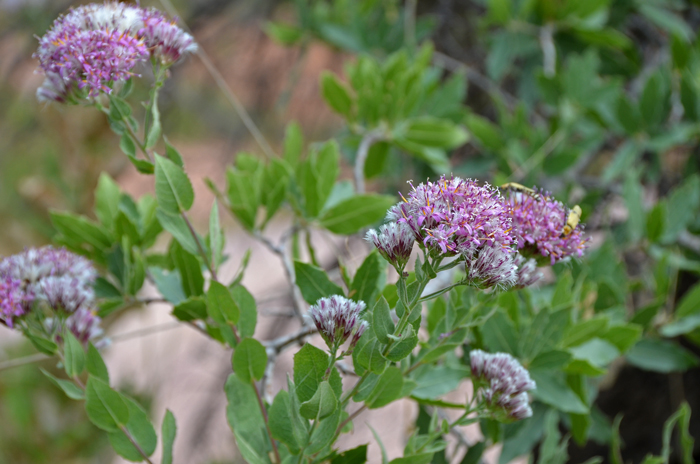
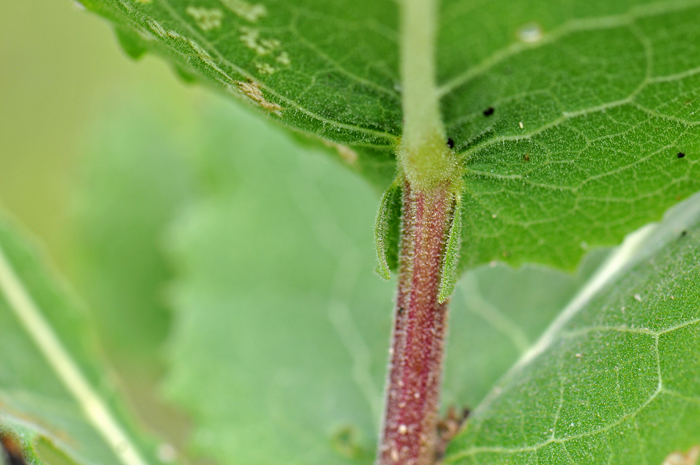
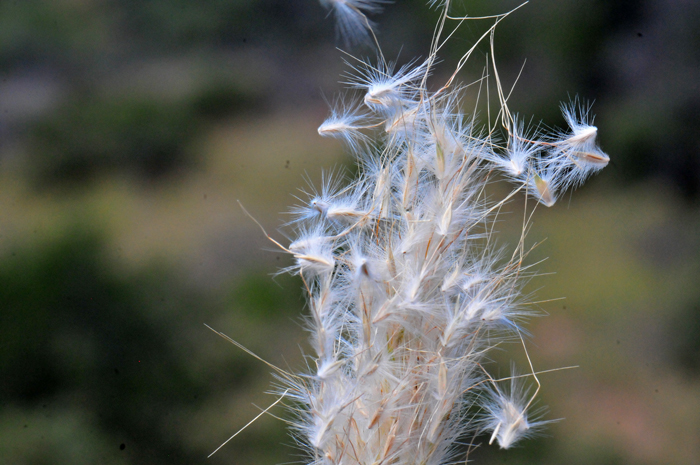
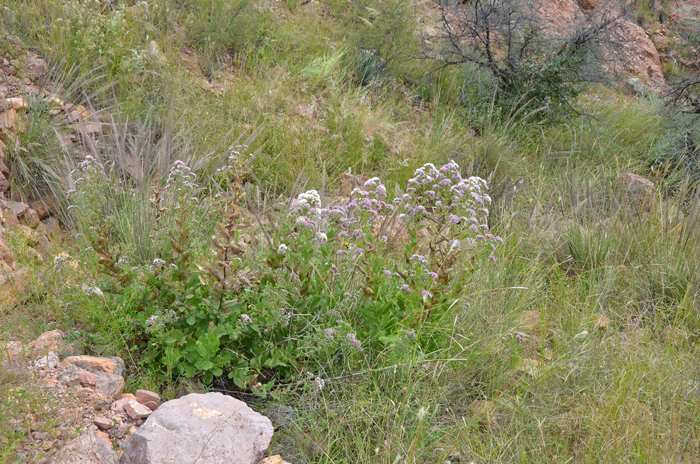
Scientific Name: Acourtia thurberi
Common Name: Thurber's Desertpeony
Also Called: Thurber Perezia (Spanish: Cola de Zorra, Mata Gusano, Mata Gusanocola de Zorra, Pipichowa)
Family: Asteraceae, Sunflower Family
Synonyms: (Acourtia mexicana, Perezia thurberi, Perdicium mexicanum)
Status: Native
Duration: Perennial
Size: 1 to 5 feet (40-150 cm).
Growth Form: Forb/herb; erect, stems with furrows or grooves along parallel, longitudinal lines, stems with secretory structures on the surface (glands); stems are green.
Leaves: Green; leaves without stalks (sessile); arranged alternately along stem; leaf shape variable; leaf edges armed with sharp prickles; leaf bases partially or completely surrounding the stems (clasping); leaf surface with secretory structures (glands) and covered with minute soft erect hairs.
Flower Color: Purple or variable shades of purple, pink or lavender; flower heads narrow, clustered; florets 3 to 6 per head (in contrast to Acourtia wrightii which has 8 to 12 florets per head); the fruit is a cypsela with a bristly bright white pappus as shown in the photo above.
Flowering Season: June to October; October to November in California and Texas.
Elevation: 3,200 to 6,400 feet (975-1,950 m).
Habitat Preferences: Sonoran desert scrub; rocky hillsides, slopes and canyons; gravel and caliche soils.
Recorded Range: Thurber's Desertpeony, Acourtia thurberi is native to the southwestern United States and Mexico. In the United States it is limited in distribution to Arizona and New Mexico (SW corner). In Arizona it is found in much of the southern part of the state and Mohave County. In Mexico it is native to the Sonoran and Chihuahuan Deserts in northern and central Mexico in Chihuahua, Durango and Sonora.
North America & US County Distribution Map for Acourtia thurberi.
North America species range map for Thurber's Desertpeony, Acourtia thurberi:
North American range map courtesy of Virginia Tech, Dept. of Forest Resources & Environmental Conservation
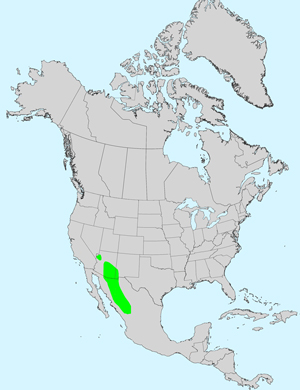
U.S. Weed Information: Unknown
Invasive/Noxious Weed Information: Unknown
Wetland Indicator: Unknown
Threatened/Endangered Information: Unknown
Genus Information: In North America there are 5 species and 5 accepted taxa overall for Acourtia. World wide, The Plant List includes 84 accepted species names and includes a further 30 of infraspecific rank for Acourtia.
The genus Acourtia was published in 1830 by David Don.
In the Southwestern United States: Arizona and Nevada each have 5 species of genus, California has 13 species, New Mexico has 7 species, Texas has 4 species, Utah has 6 species. Data approximate, subject to revision.
Comments: Thurber’s Desertpeony is the largest of the 3 Acourtia species found in Arizona. It may reach up to 5 feet (1.5 m) in height while Brownfoot, Acourtia wrightii grows up to 4 feet (1.22 m). The smallest of the 3, the diminutive Dwarf Desertpeony, Acourtia nana, only grows to 6 or 10 inches (15-25 cm) high.
In Arizona, Thurber’s Desertpeony may be found in groups of several plants or in small numbers of 1 or more.
The genus Acourtia was published in 1830 by David Don.
The specific epithet, thurberi (thur'beri:) is named after George G. Thurber, (1821-1890).

